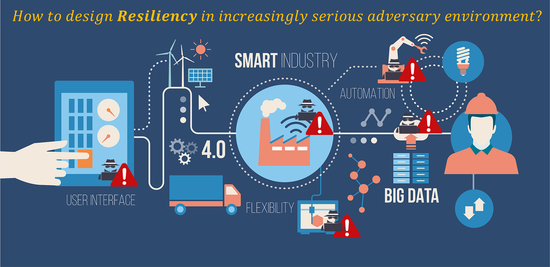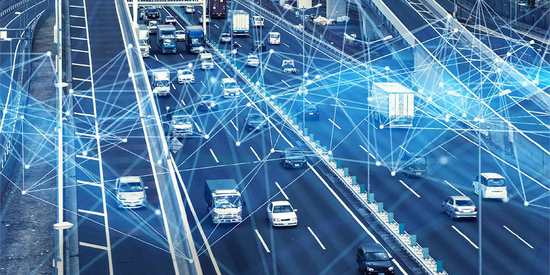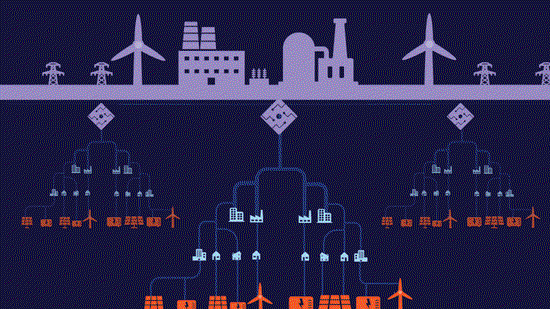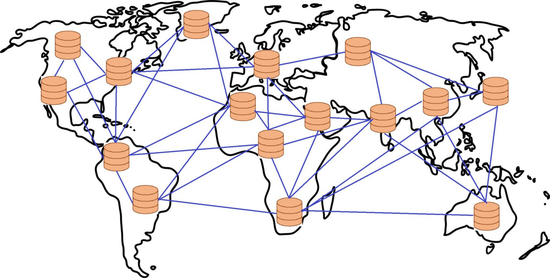RESILIENT AND AUTONOMOUS SYSTEMS LAB

Resilient Control Systems
The cyber-threat landscape on cyber-physical critical infrastructures is widening with increasing sophistication associated with the use of IoT despite significant benefits in terms of reliability and efficiency. Developing control systems to fulfil performance objective while minimizing vulnerabilities is a challenging problem. To address the challenge, existing efforts have (a) harden a subset of the subsystems from targeted extreme events, (b) add redundant components to complement the operation of failed components, and (c) creating a supervisory component to detect, localize and neutralize the effects of the extreme events. However, the high computational and deployment cost, as well as significant risk involved with these approaches, have hampered their feasibility for use in practice. Thus, more feasible, adaptive, and real-time implementable resiliency strategies are needed.

Autonomous Systems Control
We are constucting a cutting-edge self-driving vehicle platform. In this project, several researches are conducted, vison-based lane detection, learning-based object detection, image-based real-world localization, robust motion control and estimation. The self-driving platform is built on a 1/10 vehicle (MicroNole) and a full-size van (AutoNole).

Distributed Systems
A distributed system is a computing environment in which various components are spread across multiple computers (or other computing devices) on a network. These devices split up the work, coordinating their efforts to complete the job more efficiently than if a single device had been responsible for the task. The important properties studied in distributed systems include Scalability, Concurrency, Availability/fault tolerance, Transparency, Heterogeneity, Replication.

Collaborative Learning
The past few decades have seen a tremendous increase in the volume and complexity of data generated in scientific discovery processes. Moreover, due to the rapid growth in internet and networking technology, it is now common for these experiments to be composed of geographically dispersed components. Each of the components generates and stores a huge dataset which captures only a portion of the global phenomenon in question. This poses a tremendous challenge for data analysis, even with the most advanced Machine Learning/ AI methods. The state-of-the-art approaches to this problem involve either routing data to a trusted central location where the learning task takes place or iteratively performing the learning task over the dispersed data sources. However, in addition to low efficiency issues and high cost, there is often a single point of failure, resulting in low resiliency to faults and adversarial targeting.
